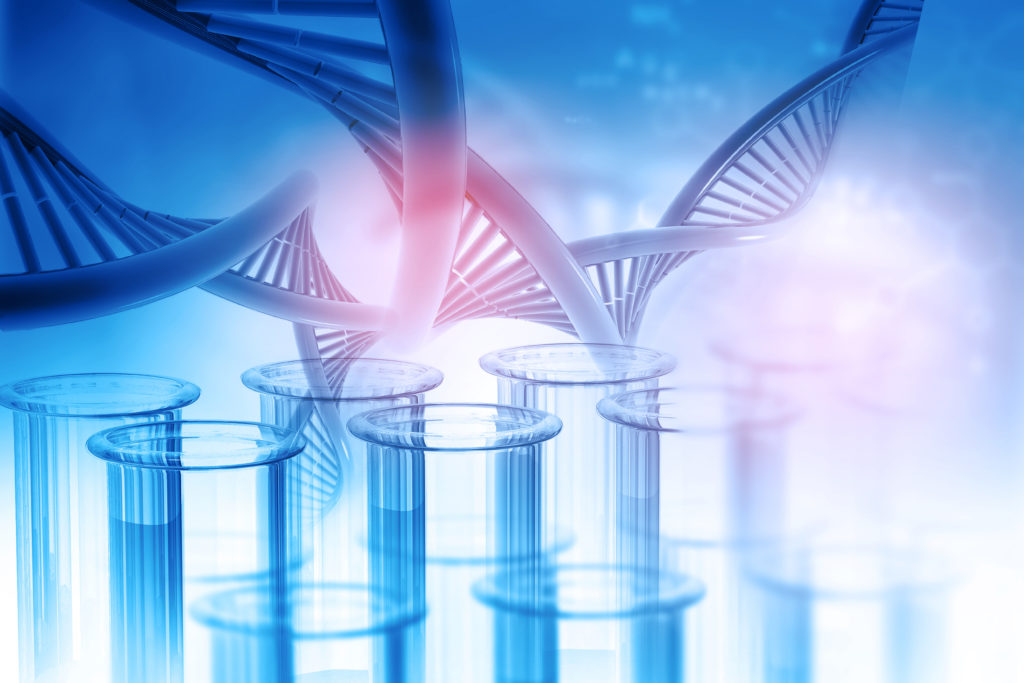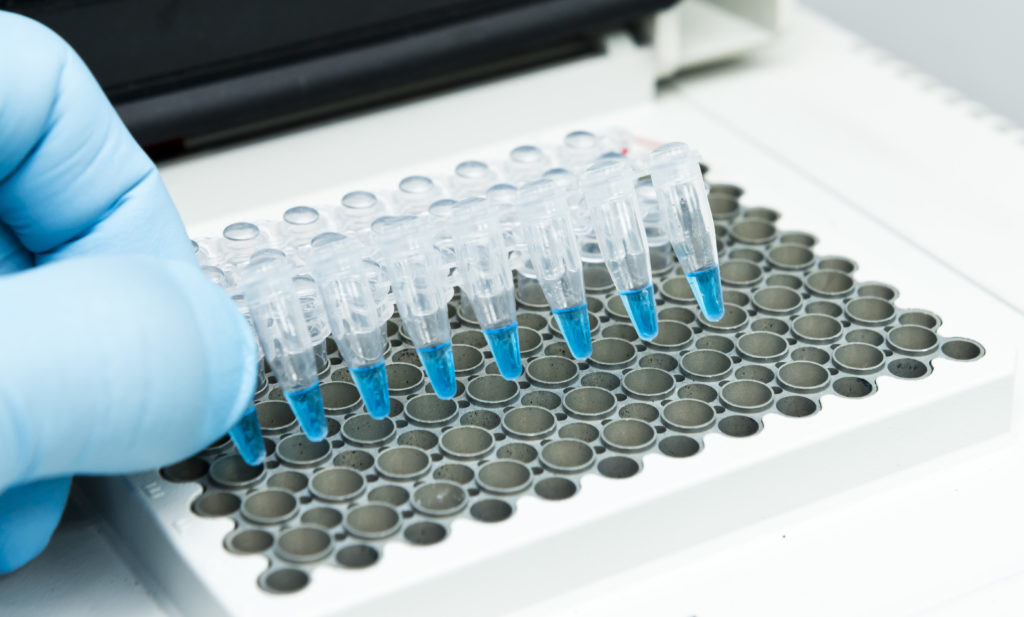
Quantitative PCR
RT-qPCR (quantitative PCR or real-time PCR) is a technique for accurately measuring the expression of genes of interest.
Indeed, PCR allows the amplification of a DNA sequence, which may initially be present in minute quantities, to generate millions of copies, based on the natural process of DNA replication.

Quantification of genes of interest
For instance, you can quantify the expression of the numerous genes coding for proteins whose job is to manage oxidative stress. By doing so, you will observe the behavior of the target genes under conditions of oxidative stress. To detect significant variations, the expression of the target genes is compared to at least two reference genes.

Mitochondrial DNA assay
Did you know, mitochondria contain their own DNA, called mitochondrial DNA. And so, mitochondrial DNA can be used to estimate the abundance of mitochondria (mitochondrial mass) present in a cell. And since mitochondria allow the production of energy, the mitochondrial mass is a good indicator of cellular well-being.
Applications
- Assess mitochondrial mass by the mitochondrial DNA assay
- Detail the mechanism of action by RNA targeting
- Obtain detailed scientific data
Advantages
- Fast analysis
- Powerful and sensitive tool
- Specific to the desired target
- Quantitative evaluation of target DNA or RNA
